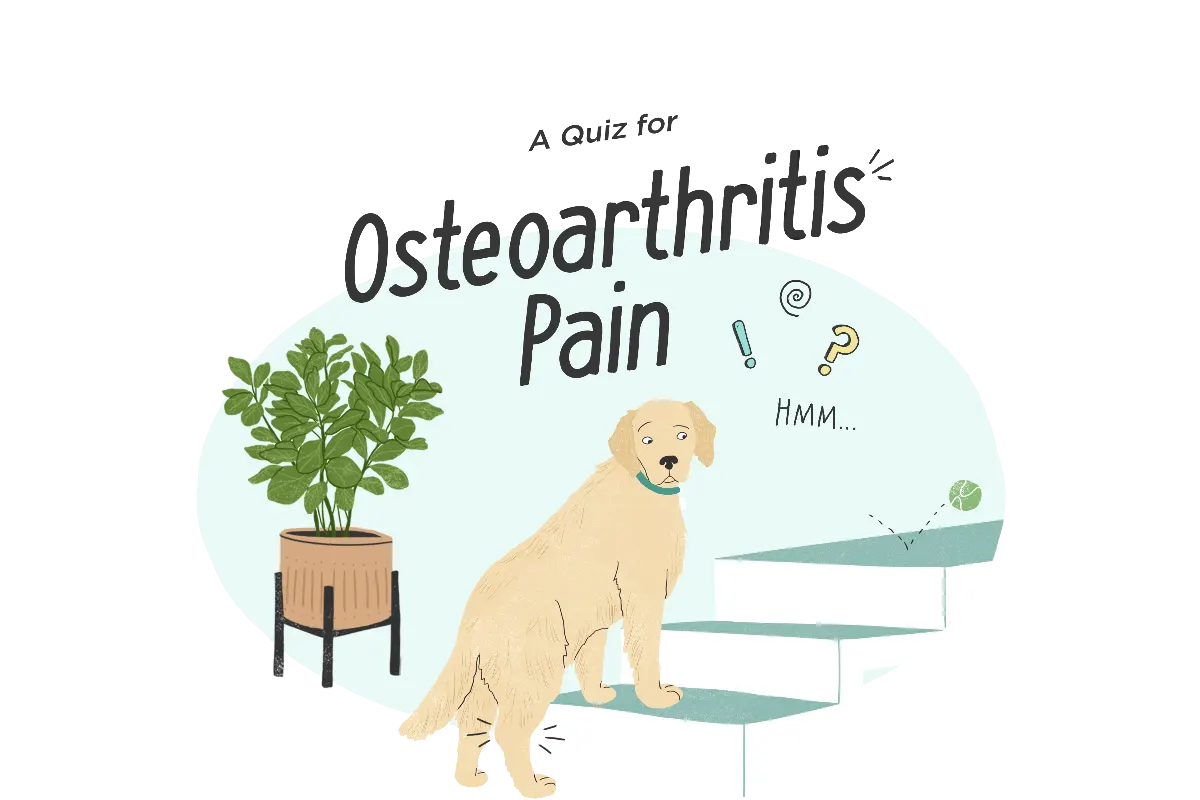

Could Your Dog Be Showing Signs of Osteoarthritis?
Tell us a little about your dog and their behaviors to see if they’re showing signs of Osteoarthritis. We’ll send you the results in a personalized report that you can share with your vet.
This quiz is not a medical diagnostic tool and is not intended to replace discussions with an animal healthcare professional. Discuss medical concerns with your veterinarian.
IMPORTANT SAFETY INFORMATION: For use in dogs only. Women who are pregnant, trying to conceive or breastfeeding should take extreme care to avoid self-injection. Hypersensitivity reactions, including anaphylaxis, could potentially occur with self-injection. Librela should not be used in breeding, pregnant or lactating dogs. Librela should not be administered to dogs with known hypersensitivity to bedinvetmab. The most common adverse events reported in a clinical study were urinary tract infections, bacterial skin infections and dermatitis. See full Prescribing Information.
INDICATIONS: For the control of pain associated with osteoarthritis in dogs.
See the Client Information Sheet for more information about Librela.

Sign-Up for Vet-Approved Health Tips, Giveaways, and More
By signing up you agree to our Terms of Use
The product information provided in this site is intended only for residents of the United States. The products discussed herein may not have marketing authorization or may have different product labeling in different countries. The animal health information contained herein is provided for educational purposes only and is not intended to replace discussions with an animal healthcare professional. All decisions regarding the care of a veterinary patient must be made with an animal healthcare professional, considering the unique characteristics of the patient.
All trademarks are the property of Zoetis Services LLC or a related company or a licensor unless otherwise noted. ©2025 Zoetis Services LLC. All rights reserved. ZPC-01562R2